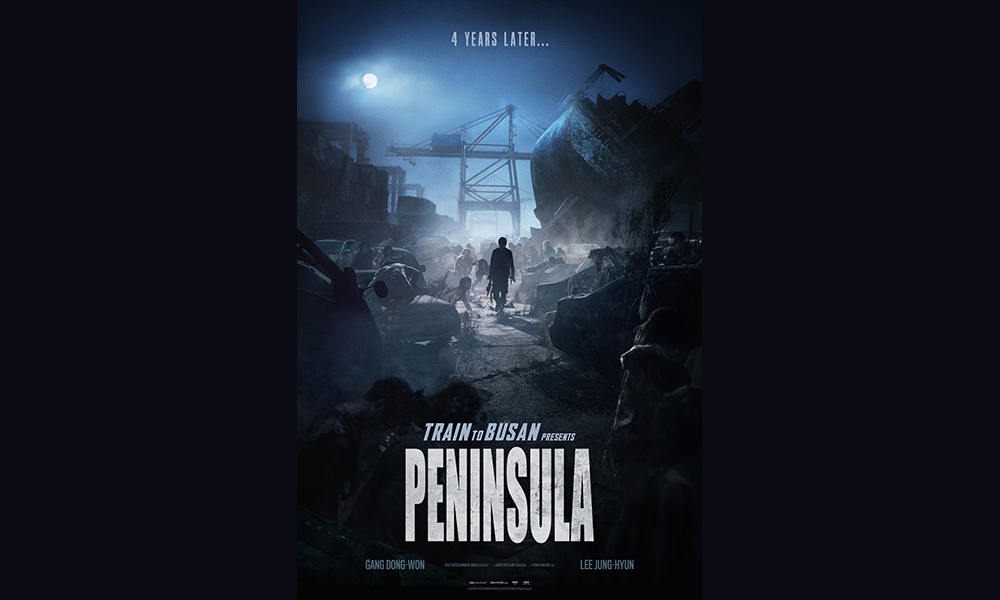
I write these words on the KTX, South Korea’s high-speed train. Though not as iconic as Japan’s Shinkansen, it certainly does the job more efficiently, and for the passenger more comfortably, than any rail service I remember back in the United States. Even those who’ve never been to Korea may be familiar with the look and feel of the KTX experience, especially if they happen to like zombie movies. The standard for Korea’s cinema of the living dead was set in 2016 by Yeon Sang-ho’s Train to Busan (부산행), that train being a KTX on a run from Seoul to the country’s second-largest city, at the other end of the country on its southeastern coast. Faithful to its setting right down to the employee uniforms and seat-pocket travel magazines, the film no doubt pleased train aficionados as much as it did zombie aficionados, and not just Korean ones either.
Train to Busan‘s impact is evidenced by the academic essay collection Rediscovering Korean Cinema, in which the film appears not just as the subject of a chapter but the source of its cover photo. In his consideration of “South Korea’s first zombie blockbuster,” University College London’s Keith B. Wagner describes the film, with its “family-rescue-drama-cum-zombie-survivalist-contamination-anti-neoliberal” sensibilities, as “a polished apocalyptic tale that is unafraid to touch on pressing social issues that matter to Koreans.” This is in keeping with the genre’s capacity as a vehicle for social critique, established at least since 1978 when George Romero’s Dawn of the Dead showed us zombies shambling, with a somehow recognizable mindlessness, through a shopping mall. Jim Jarmusch (who happens to have gathered a robust Korean fan base) took the satire further in last year’s The Dead Don’t Die, whose 21st-century zombies moan for coffee, wi-fi, and Xanax.
The more traditional, wholly non-verbal zombies of Train to Busan have no desires apart from the usual one for human flesh. In this and most other respects they adhere to the standard zombie behavioral model, staggering unthinkingly toward any living being in the vicinity in order to bite it and thus turn it undead as well. As with every entry in the genre, the film has its own take on what Wagner calls “an aesthetics of the undead with the zombie characters displaying whitened irises, veiny and blanched faces covered in mucus, flesh particles and blackened blood spatter, and bodies hunched over and in various stages of decay and decrepitude.” There’s something distinctive in the way Train to Busan‘s zombies move, like contortionists wired up with electrodes placed and firing and random, but to the film’s international audience, one characteristic in particular will stand out: they’re all Korean.
Read the whole thing at the Los Angeles Review of Books.